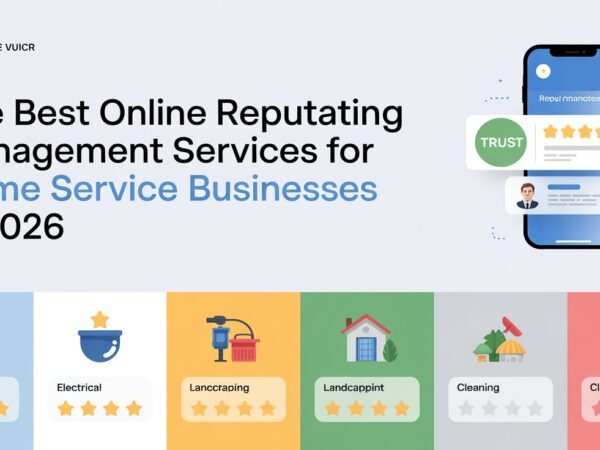When you start any type of business, it is a good idea to have a budget set, and running an e-commerce store is no different. A good budget helps you keep track of your money and makes it easier to reach your financial goals. Without a clear plan, costs can quickly get out of hand, leading to cash flow issues and slowing growth.
Running an e-commerce store means competing in a tough market, so having a solid budget is a must. You can set aside money for important things like SEO services, inventory, and day-to-day operations with a budget. In this article, we will go over several tips to help you create the ideal budget for your type of business.
1. Project Your Expenses
Estimating costs is important in setting up a budget for your e-commerce store. This step involves figuring out all the expenses your business will have, both the ones that stay the same and the ones that change. Fixed costs, like platform fees or subscriptions, are the ones you can count on being the same every month.
Variable costs, however, can go up or down depending on what’s happening in your business. For instance, your costs might rise if you decide to run a big sale or increase your advertising. Planning for these fluctuations is important so you’re not caught off guard later.
After you’ve listed all your expenses, give each one a realistic estimate. If you’ve been in business for a while, check your past data for guidance. If not, research to get an idea of what to expect.
2. Allocate Your Budget to Certain Areas
Once you’ve figured out your costs, the next step is deciding how much money to put into each important part of your business. This ensures you’re spending where it matters most while controlling your overall expenses.
Inventory management is usually one of the biggest costs for an online store. You need to budget enough to buy the products you’ll sell without buying too much, leaving you with money tied up in items that don’t sell quickly. But you also don’t want to run out of stock and miss sales.
3. Monitor and Adjust
Keeping an eye on your budget and making adjustments as you go is just as important as setting it up in the first place. After your budget is in place, the work doesn’t stop. You need to check how your e-commerce store is doing regularly.
It’s a good idea to set a routine for reviewing your budget. Depending on how quickly your business grows, you might do this every month or every few months. During these reviews, compare what you earned and spent with what you expected.
If you notice that certain costs keep going over budget, take some time to figure out why. Maybe your shipping costs are up because sales have increased, or perhaps your marketing is costing more but also bringing in more customers.













